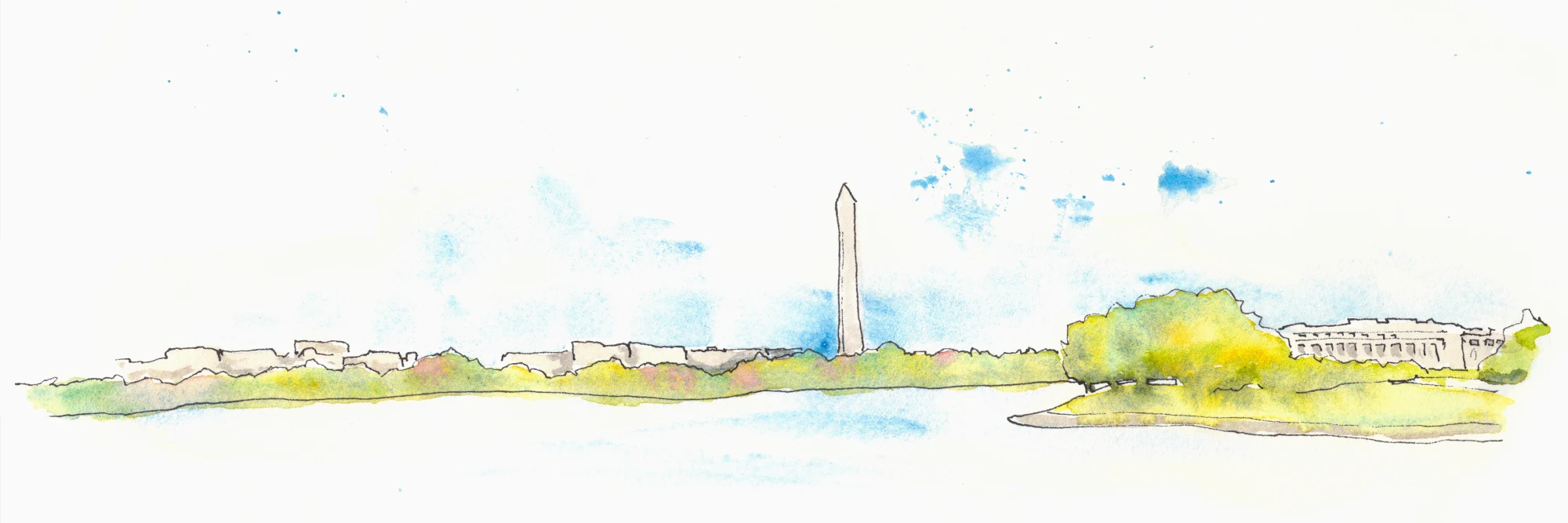Running a Structured Meeting
Meetings are expensive.
If you consider people's time x their salary, meetings are incredibly expensive to hold. Especially if they involve a large number of attendees.
Just for round numbers, let's say you have a meeting that lasts two hours, with ten people who make $80,000 a year.
$80,000 year / 2000 working hours per year = $40 an hour, x 10 people x 2 hour block of time - that's an $800 meeting.
The three major ideas that I am writing up here will help you run a much more effective meeting, and the people you work with will thank you for it.
Background
I've led a lot of meetings over the years. To do this well is a practiced skill that you need to be intentional about. Good meetings don't just happen.
I was fortunate during an early phase of my career to work at a consulting firm that specialized in running large meetings. Their clients were high level government officials, so these large meetings had to make use of everyone's time effectively. The folks in those rooms were not the kind of people who tolerated wasting time.
What I'm sharing here are the barest essentials that I picked up from that experience. These are useful ideas that will improve any meeting that you need to organize that is more than an informal discussion.
Prepare to prepare
The fact of the matter is that getting ready to hold a truly effective meeting takes time. More time than you'd expect.
For major meetings, the rule of thumb I was taught was for every hour of meeting time, it's at least three hours of prep time.
Now, that was true for major, all-day affairs with dozens or hundreds of people. You may find yourself not needing to spend quite that much time getting a meeting ready, but know that there is a spectrum of preparedness that you're on.
While at first blush these might seem like a major time suck for you (and it is) - keep in mind that you will be making infinitely much better use of the time for everyone in that meeting. The more high up the attendees of your meeting, the more you should be sweating the prep.
Also, a truly well prepared and run meeting will get everyone to an objective faster. Organizationally it's a real speed boost. If you finally manage to get all of the right people in the room, it's amazing how quickly real decisions can be made.
Communicate Outcomes and an Agenda
When sending out the original meeting invitation, there are two key elements to communicate: the outcomes that are being sought, and the agenda for the time in the meeting.
What do you mean by outcomes?
A simple, clear, and brief statement on the goal of the meeting. What are you hoping to accomplish? If you can't articulate this, then you probably shouldn't be holding a meeting.
Bad example of an outcome statement:
Let's brainstorm on what's needed for our app
Good examples of an outcome statement:
Outcome: A shared understanding of the major pieces of work needed to build the new version of our user-facing application, and an initial idea of who will be responsible for which pieces of work.
While it's lengthier - it's much more clear and specific. This will set clear expectations of anyone involved as to what will happen during the meeting. Coincidentally it communicates the value of this meeting to the parties involved, and will adjust their enthusiasm accordingly.
It's okay to have an agenda. In fact, it's required.
For any meeting that is say, greater than 15 minutes, and is covering multiple topics, it's important to come up with an agenda. Think of the agenda as the outline of what you will cover in the meeting. This will force you to think through exactly what pieces you need to get to, and in what order.
Then you assign amounts of time to each item. Time is the commodity that you're spending in a meeting. An agenda is your plan on how to allocate your time so that you cover everything that you need to cover.
Let's say we're holding a two hour meeting, from 10:00 - 12:00, to cover the breakdown of an application from our example above.
Agenda:
- 10:00 - 10:10 - Staff Intros, welcome new employees
- 10:10 - 10:20 - High level overview of the application
- 10:20 - 10:30 - What are others doing in this space? Competitive Analysis
- 10:30 - 10:45 - Initial questions - what don't we know?
- 10:45 - 11:05 - Whiteboarding - what are the major areas of our application?
- 11:05 - 11:15 - Break
- 11:15 - 11:35 - Responsibilities - which team will do what?
- 11:35 - 11:45 - Interdependencies - which pieces will rely on other pieces, and in what ways?
- 11:45 - 11:55 - Danger areas - what could make this project go south?
- 11:55 - 12:00 - Wrap up / final thoughts
That might seem very granular. And, well, it is. There is a lot of ground to cover in this meeting, and the agenda helps us make sure we touch on everything.
If we know everything that needs to get decided, and we break down this chunks of time, we'll realize quickly if we don't have enough time to devote to a particular item. For example - is 20 minutes really enough time to whiteboard the major pieces of an application? Maybe it is, maybe it isn't.
Answering that question for all of your items will let you know if the overall block of time is realistic or not. The result of this may be that you realize that two hours isn't nearly enough, and that you'll need to schedule an all day workshop. Or you may realize that you don't need nearly as much time for your pieces, and you can actually hold a shorter meeting (yay!).
The other major thing an Agenda does - it keeps you on track. If you have the agenda visible publicly during a meeting, you can refer to it openly to point out that you need to move on so that you get to everything. Or if a discussion is running long on a particular point, you will know how behind you are, and how much you will need to cut other discussions. It also provides an easy way to nip ... unhelpful ... discussions in the bud and simply say "we need to move on" because, well, the agenda.
Pro tip: plan for breaks
Plan for a 10 minute break at least every 45 minutes to an hour. Expecting anyone to sit still and maintain focus for longer than that is just kidding yourself. A break lets people get coffee, check on other work matters, go to the bathroom, etc. If you have breaks in your agenda, people know that a reprieve is coming. Which means they are more like to stay focused on your discussion.
Putting it together
This is then what I would put in the body of the meeting invitation:
Application Breakdown Discussion Monday, September 1st, 10:00 am - 12:00 pm Outcome: A shared understanding of the major pieces of work needed to build the new version of our user-facing application, and an initial idea of who will be responsible for which pieces of work. Agenda:
- 10:00 - 10:10 - Staff Intros, welcome new employees
- 10:10 - 10:20 - High level overview of the application
- 10:20 - 10:30 - What are others doing in this space? Competitive Analysis
- 10:30 - 10:45 - Initial questions - what don't we know?
- 10:45 - 11:05 - Whiteboarding - what are the major areas of our application?
- 11:05 - 11:15 - Break
- 11:15 - 11:35 - Responsibilities - which team will do what?
- 11:35 - 11:45 - Interdependencies - which pieces will rely on other pieces, and in what ways?
- 11:45 - 11:55 - Danger areas - what could make this project go south?
- 11:55 - 12:00 - Wrap up / final thoughts
During the meeting: take notes visibly
During the meeting itself, I have found that it's incredibly helpful to have a notes document in front of everyone, and to update that document in real time. That means a screenshare, projector, whatever. I usually put the outcome and agenda at the top of the document, so they're easy to refer to. My preferred tool is a Google Doc, but you can use whatever makes sense for you. For really large meetings, you may want to enlist someone to be the person updating that document specifically, if you're the one facilitating the discussion.
The point of taking notes in front of everyone is that is crystallizes what has been said or decided. If someone has a different understanding of the discussion, it gives them a reason to bring up that difference and to make clarifications.
Conclusion
In order to run a really good meeting, you need to:
- Think through the exact outcome that you want
- Break down an agenda for the entire meeting so that you address everything
- Take notes visibly during that meeting
If you do these things, you will find that real progress can be made during meetings, and the people in those meetings will be grateful for it.

